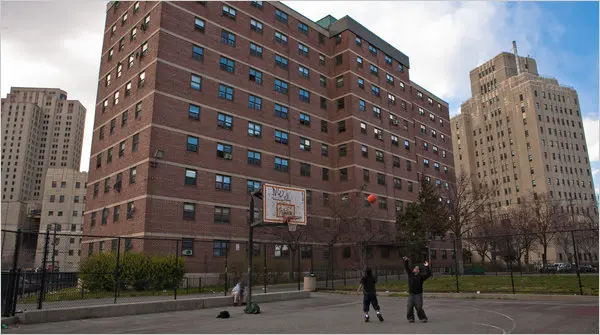Welcome back, esteemed readers, to another insightful chapter of our journey through the history of American education. Today, we embark on an exploration of Part IV of our thought-provoking book, titled "1980 - The Present: The Bottom Line." In this era, the concept of school choice has emerged as a contentious issue, with impassioned debates surrounding its impact on public education. Join me as we reflect upon the complexities of school choice and examine its potential benefits and drawbacks in the contemporary educational landscape.
Part IV: The Present - The Dynamic Landscape of School Choice:
The period from 1980 to the present has witnessed a significant shift in educational policies, with the rise of school choice initiatives taking center stage. School choice refers to the ability of parents and students to select and enroll in educational institutions outside of their assigned public schools, often including charter schools, magnet schools, private schools, and homeschooling. Advocates argue that school choice empowers families and drives competition, while critics express concerns about equity and the potential implications for public education.
Examining the Impact of School Choice:
A critical question emerges as we delve into the subject: Does school choice truly improve public education? The answer, as with most complex issues, is nuanced and multifaceted. Let us explore the potential benefits and drawbacks of school choice to gain a deeper understanding.
The Potential Benefits:
Increased Parental Engagement: School choice empowers parents to play an active role in their children's education, allowing them to select schools that align with their values, preferences, and educational philosophies. This increased involvement can foster stronger partnerships between parents and schools.
Enhanced Customization and Specialization: School choice initiatives aim to provide diverse educational options that cater to the unique needs and interests of students. This can lead to greater specialization, innovative teaching methods, and alternative educational approaches that may better serve certain students.
Encouraging Healthy Competition: School choice introduces competition among educational institutions, fostering an environment where schools strive to excel academically, provide quality programs, and meet the needs of their students. Proponents argue that this competition can drive improvement across the public education system.
The Potential Drawbacks:
Increased Inequality: Critics express concerns that school choice exacerbates existing inequalities in education. Families with more resources and information may be better positioned to navigate school choice options, leaving disadvantaged students and communities at a disadvantage. This can deepen socioeconomic and racial disparities. Erosion of Public Education: School choice policies, particularly the expansion of charter and private schools, can divert resources and funding away from traditional public schools. This can strain public education systems and potentially contribute to the erosion of their overall quality. Fragmentation of Communities: School choice may lead to the fragmentation of communities as students disperse across different schools, potentially diminishing the sense of local identity and weakening neighborhood ties.
The Need for a Balanced Approach:
As we reflect on the impact of school choice on public education, it is crucial to recognize that there is no one-size-fits-all solution. A balanced approach that considers the complexities of individual communities and the broader educational landscape is essential. To harness the potential benefits of school choice while addressing its drawbacks, policymakers and educational stakeholders should: Prioritize Equity: Ensuring that school choice options are accessible to all students, regardless of their socioeconomic background, race, or abilities, is paramount. Efforts must be made to address barriers and provide support to underprivileged families. Preserve Public Education: While embracing school choice, it is vital to uphold and invest in traditional public schools, as they continue to serve as the foundation of education for many communities. Adequate resources and support should be allocated to sustain
Conclusion:
School choice is not a one-size-fits-all solution. A comprehensive approach that combines the benefits of school choice with investment in public education, increased resources for underserved communities, and a focus on inclusivity is needed. By working together, we can forge a path that honors diverse student needs and strengthens the foundations of our society.

.jpg)
.jpg)

.png)
.jpg)
.jpg)






